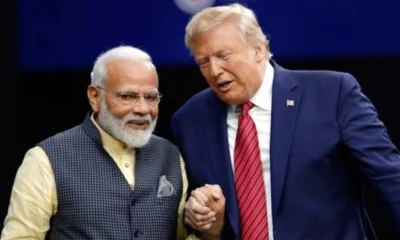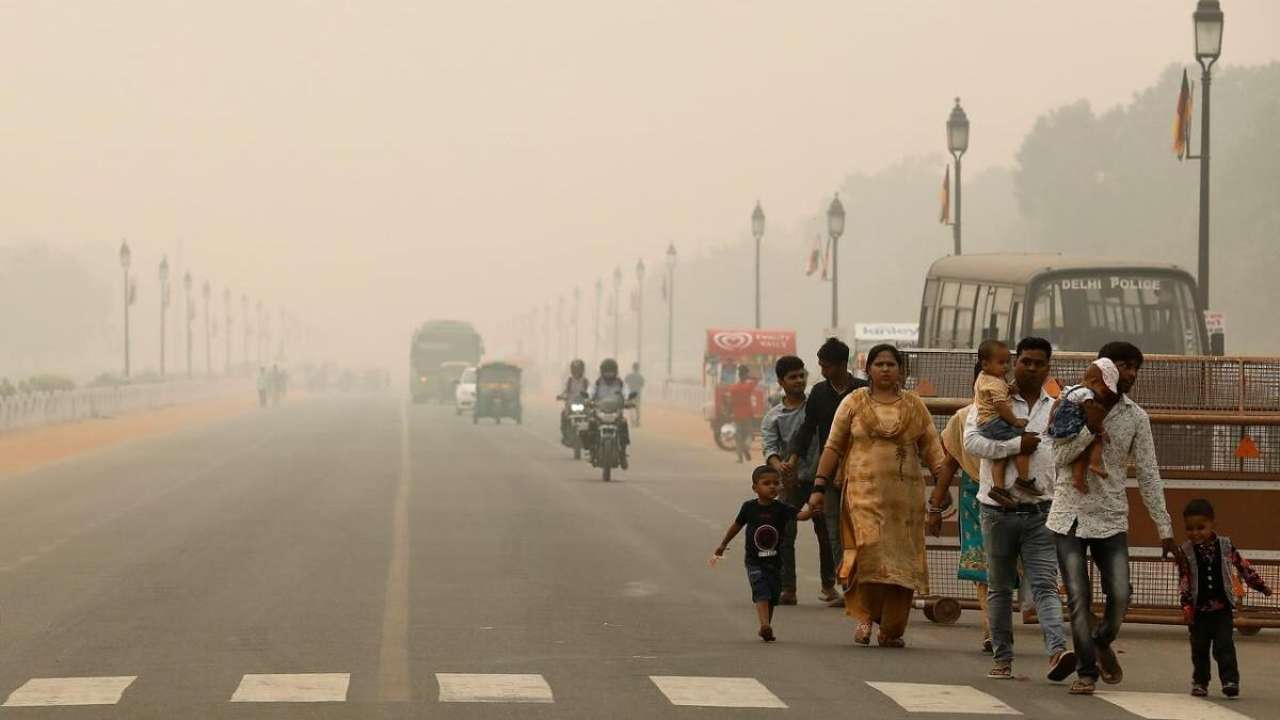India News
Reliance has 10 percent of offset investment in Rafale deal: Dassault CEO

India News
RBI cuts repo rate to 5.25%, paving the way for cheaper loans
The RBI has cut the repo rate to 5.25%, aiming to support growth as inflation softens. The central bank also raised GDP projections and announced liquidity-boosting measures.
India News
IndiGo flight chaos deepens as over 500 services cancelled, passengers stranded for hours
Over 500 IndiGo flights were cancelled nationwide, leaving passengers stranded without food, clarity or their luggage as airports struggled to manage the disruption.
India News
Delhi to install 305 mist sprayers across 9 major pollution hotspots
Chief Minister Rekha Gupta announced that 305 mist sprayers will be installed across nine pollution hotspots in Delhi, alongside expert-led planning and coordinated measures to reduce dust and biomass-related pollution.
-

 India News18 hours ago
India News18 hours agoPM Modi welcomes Vladimir Putin with warm hug as Russian President begins India visit
-

 India News22 hours ago
India News22 hours agoRahul Gandhi attacks Centre ahead of Vladimir Putin’s India visit
-
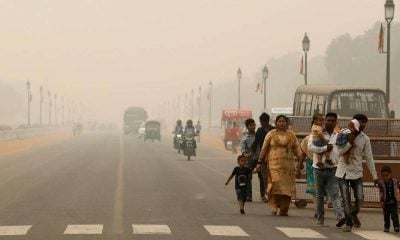
 India News17 hours ago
India News17 hours agoDelhi to install 305 mist sprayers across 9 major pollution hotspots
-
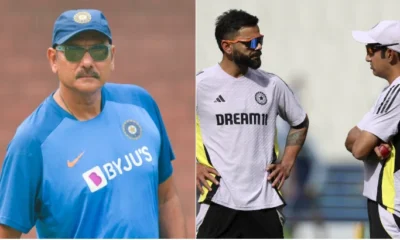
 Cricket news17 hours ago
Cricket news17 hours agoRavi Shastri warns critics against messing around with Virat Kohli and Rohit Sharma
-
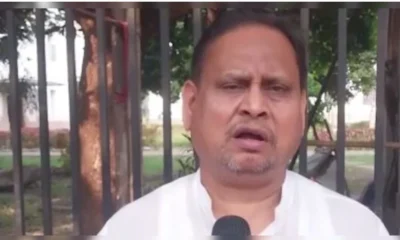
 India News23 hours ago
India News23 hours agoTMC MLA Humayun Kabir suspended after Babri Mosque replica proposal sparks row
-

 India News3 hours ago
India News3 hours agoIndiGo flight chaos deepens as over 500 services cancelled, passengers stranded for hours
-

 India News2 hours ago
India News2 hours agoRBI cuts repo rate to 5.25%, paving the way for cheaper loans
-

 Latest world news2 hours ago
Latest world news2 hours agoAsim Munir appointed Pakistan’s first Chief of Defence Forces, to serve 5-year term



